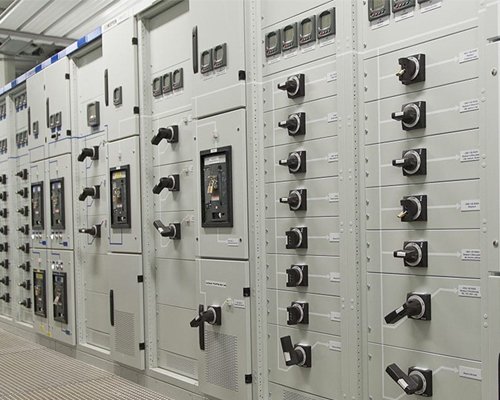Protection relays are switches that open and close circuits electro-mechanically or electronically. Thus controlling one electrical circuit by opening and closing contacts in another circuit. Factors like Contaminated atmosphere, operating voltage, overload, insulation aging etc. affect the performance of relays.
Good Protection Scheme for Relay Testing
Like the saying prevention is better than cure, the timely protection relay testing will reveal catastrophic failures which would have prevented the relay from performing when called upon to operate, and properly maintained records will reveal any trends which could lead to such failures.
Periodic Maintenance Checks are required to identify equipment failures and degradation in service, so that corrective action can be taken. Because a protection scheme only operates under fault conditions, defects may not be revealed for a significant period of time, until a fault occurs. Regular testing assists in detecting faults that would otherwise remain undetected until a fault occurs.
Electrical Type Protection Relay Testing:
Functional Tests
The functional tests consist of applying the appropriate inputs to the relay under test and measuring the performance to determine if it meets the specification. They are usually carried out under controlled environmental conditions.
Rating Tests
Rating type tests are conducted to ensure that components are used within their specified ratings and that there are no fire or electric shock hazards under normal load or fault condition of the power system. This is in addition to checking that the product complies with its technical specification. The following are amongst the rating type tests conducted.
Thermal Withstand
The thermal withstand of VT’s, CT’s and output contact circuits is determined to ensure compliance with the specified continuous and short-term overload conditions. In addition to functional verification, the pass criterion is that there is no detrimental effect on the relay assembly.
List of Relay Testing
- Electrical Low Voltage Testing
- Automatic Transfer Switch Test
- Capacitor Bank Test
- Commercial Electrical Test
- Contact Resistance Test
- Earth Fault Loop Impedance Test
- Earth Ground Test
- Electrical Safety Test
- Generator Load Bank Test
- Insulation Resistance Test
- Lightning Arrester Test
- Portable Appliance Test
- Factory Acceptance Test
- Protective Devices Test
Directional Over current Protection Relay Testing:
In addition to tests recommended for the overcurrent relay, the directional unit of the directional overcurrent relay should be tested for minimum pickup, angle of maximum torque, contact gap, and clutch pressure. A test should also be made to check that the overcurrent unit operates only when the directional unit contacts are closed.











